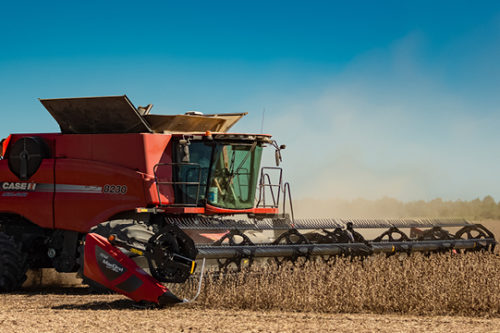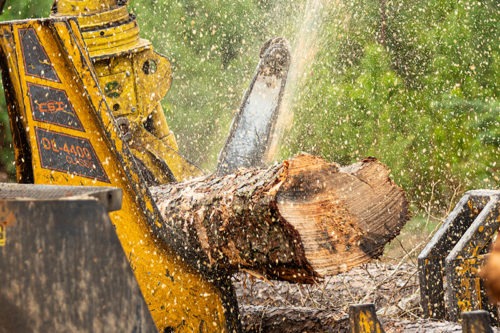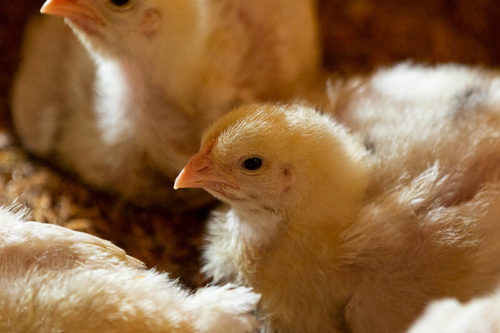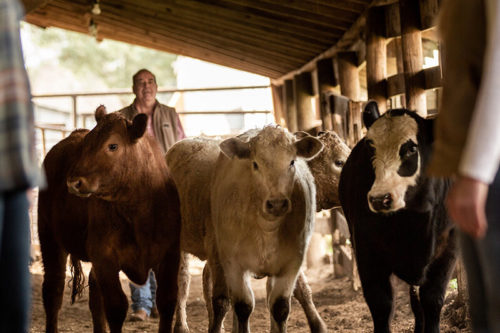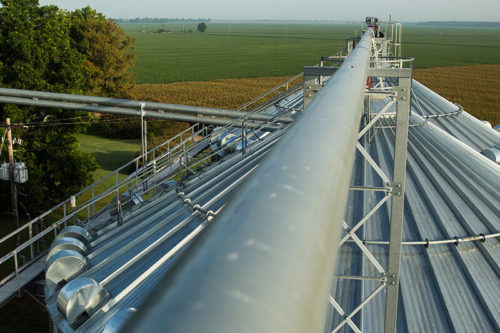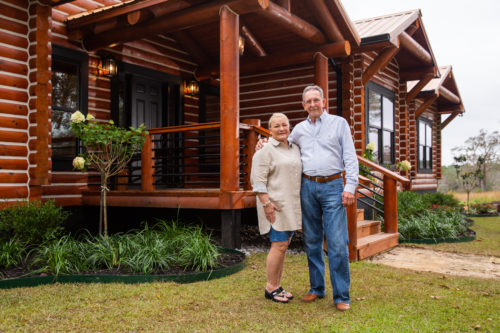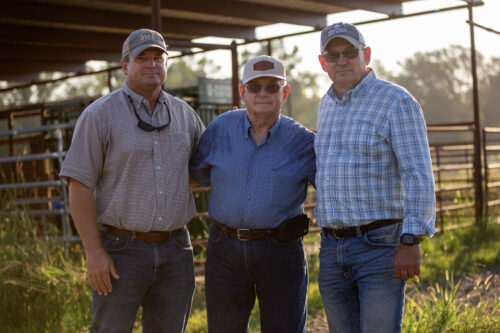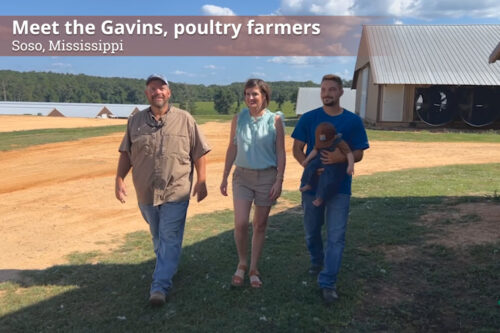Get a Loan. Become an Owner.
Unlike most other lenders, Southern AgCredit was founded specifically to serve the agricultural industry within our territory. Like other farm credit organizations, ours is structured as a borrower-owned lending cooperative – which means that our borrowers receive a share of ownership in our organization. Likewise, our borrower-owners are entitled to vote on decisions such as director elections.
Annual Patronage Refunds
Near the end of each fiscal year, Southern AgCredit’s board of directors analyzes the financial strength of the cooperative. The board may then vote to retain a certain amount of income to increase the association’s capital – or it can distribute a portion of income to borrowers through a patronage refund.
This year saw a record $13.4 million in cash dividends paid to our customer-owners.
The patronage refund that an individual borrower receives depends on several factors including the amount of their loan. Needless to say, yearly patronage refunds could significantly reduce your cost of borrowing money. It’s just another benefit of doing business with Southern AgCredit – and our way of saying thank you to our loyal borrowers.
Seven Cooperative Principles
Southern AgCredit is part of the national Farm Credit System, a group of individual cooperatives that has been providing loans and supporting services to rural communities and agriculture for more than a century. There are a several things that set a cooperative apart from other business structures. Below are the common principles cooperatives follow:
1. Voluntary and Open Membership
Cooperatives are voluntary organizations; open to all people able to use their services and willing to accept the responsibilities of membership, without gender, social, racial, political, or religious discrimination.
2. Democratic Member Control
Cooperatives are democratic organizations controlled by their members – one member, one vote. Members actively participate in setting policies and making decisions. (Learn about our Board of Directors and election process)
3. Members’ Economic Participation
Members contribute equally to, and democratically control, the capital of the cooperative. Members benefit in proportion to their transactions with the cooperative rather than on capital invested.
4. Autonomy and Independence
Cooperatives are autonomous, self-help organizations controlled by their members. If the coop enters into agreements with other organizations or raises capital from external sources, it is done so based on terms that ensure democratic control by the members and maintains the cooperative autonomy.
5. Education, Training, and Information
Cooperatives provide education and training for members, elected representatives, managers, and employees so they can contribute effectively to the development of their cooperatives. Members also inform the general public about the nature and benefits of cooperatives.
6. Cooperation among Cooperatives
Cooperatives serve their members most effectively and strengthen the cooperative movement by working together through local, national, regional, and international structures.
7. Concern for Community
While focusing on member needs, cooperatives work for the sustainable development of communities through policies accepted by the members.
Contact Southern AgCredit to learn more about becoming a borrower-owner and financing your farm, ranch, or recreational property.



